Stock secrets for the beginner photographer or videographer
This post contains affiliate links.
Stock agencies for photo and video
Believing that photography can be art suggests that photographers will also be starving artists, but one of the most convenient ways that a photographer can turn their passion into a business is stock photography.
The Cardinal Rule of Stock Photography
The biggest challenge of stock photography is the first rule of being successful in being able to license your images: no logos. Licencing images allows other companies to use a specific image or footage for a specific amount of time and size, it’s understandable why logos or proprietary material can’t be in the image. I always like to have my camera ready to go, in case something interesting catches my eye around the house. When doing this, I noticed a ton of logos that we usually don’t take notice of, but a photographer’s eye can catch the smallest logo anywhere. To remedy this, I covered all the logos throughout my home. Whether it be appliances or dishes, I cover all the logos I could in order to save the heartache of trying to avoid capturing them. I use adhesive craft paper for this, which is easy to apply and easy to take off and doesn't leave any marks. If the material of the prop allows for it, I use paint thinner to remove any logos, only if it won’t harm the surface. When shooting around the house, my family could be in the background, so I tend to buy clothes for my daughter and son that have no obvious logos. To me, this is an important thing to keep in mind, as I can’t license any royalty-free images with logos in them. I mainly shoot royalty-free images as they are licensed much more often, but editorial images, which can have logos in them, are less frequently used. It is possible, however, to edit logos out of images in post-processing, which is time costly, but works in a pinch- the same doesn’t apply to videos. Editing logos out of videos would be extremely inefficient, so I always try my best to avoid them altogether. If I’m not able to avoid logos, it’s just best to cover them up. For example, I was doing a photoshoot in the downtown Denver Union Station with a model, and she had a briefcase that, not noticing until during the shoot, had a small logo on the front. Thinking quick on my feet, I covered a bandaid I found in my purse in Sharpie and covered the logo with it, which looked normal and covered the logo. After this, I learned that it’s best to be prepared with some adhesive paper whenever I go out to shoot.
Must have materials
Adhesive craft vinyl roll, silver
Adhesive craft vinyl roll, white
Adhesive craft vinyl roll, black
How to Dress your Models for Stock Photography
Using models is sometimes necessary for certain shoots, and to be able to be used for stock photography, they must dress a specific way. Clothes with no logos are a must, but as models are human and are unpredictable, they can sometimes forget this. I usually ask my models to turn their shirts around or inside out if it isn't too much trouble, or they usually understand not to wear logos or designs. This is a drawback of using models, as they are extremely unpredictable, which is why being both the photographer and model is quite nice. I even have entire outfits for myself when I’m modeling, ranging from casual denim to a chef’s coat.
Where to Find Props Appropriate for Stock Photography
Buying props without any visible logos are always my most viable option, so buying dishes at places like IKEA and Homegoods, where most of their products have no logos, is always most efficient. If I can’t avoid logos on my dishes, I just apply some paint thinner to them and I’m all set. I also use adhesive craft paper on logos I can’t avoid, which is sturdy enough to be washed. I used to buy all my dishes at Goodwill, for all their dishes are extremely cheap and they always have a very large selection of dishes. However, since their goods are all used, the dishes are very worn down, which is visible in macro photography. I would have a beautiful meal and set ready for the camera, but all my dishes would be scratched up. Goodwill is good for props where you want this vintage-look for your props, and don’t have to age them yourself. Goodwill also started to raise their prices, to match other stores such as Homegoods, which is where I buy most of the dishes and props. Their products are all brand-new, cheap, and have lots of choices. Their stores always have plenty of rustic pieces and lots of glassware, so I’m always sure to stop by a Homegoods whenever I’m nearby. Another choice in my prop-hunting is Amazon. This makes the process much easier as I don’t have to leave the house to find the perfect prop. Buying dishes on Amazon isn’t always the best for everyday use dishes, but is perfect for individual photo shoots, and the dishes can usually stand up to many photoshoots before showing some wear. Caring for props is always important, so I like to hand-wash all my prop dishes to prevent damage in the dishwasher, especially some really delicate props I have. I also dry my dishes by hand, to prevent leaving watermarks, as they will be visible on camera. This is all subjective- for those that enjoy shooting many vintage-style props, wear is perfect for the camera, but I prefer my dishes to look clean and new.
Shooting with Models and In Public
Another lucrative part of stock photography is having some variety in your images, including different environments. For my workflow, shooting in public is very inefficient for my stock photography and videography business. Public areas with lots of people are highly unpredictable with too many factors out of my control- there’s almost always logos plastered all over people’s clothing, cars, and buildings. Despite this, photographing in public can be a nice opportunity to get some photos, not for stock photography, so I always take a small camera with me whenever I travel to somewhere that I think will have some interesting shots. When doing this, I always cover whatever brand of camera I’m using, for two reasons. If I’m in a busy public place such as the city, theft is always a threat to my equipment, and potential thieves will know how expensive my camera is just by looking at the logo. I also cover my camera’s logo to prevent amateur photographers from approaching me and starting small talk about my camera while I’m working.
Stock Photography as a Business
It’s important to understand that stock photography is a business, and if one is to be invested in it, must run their business efficiently. One of the biggest parts of stock photography is understanding the price to image ratio for your time and money- this is an investment, in the money you spend on equipment and props and time you spend in shoots and in post-processing. With this in mind, it’s important to invest effectively, which is why I covered things such as covering props and not wasting time on small talk in public places- if you waste time covering up logos in post-processing or going out to search for a perfect prop, you’re not making money.
Food Photography & Video Tips from My Studio
Here’s a peek at the tools, gear, and camera setups I use to film my recipe videos and photograph food at home. Over the years, I’ve tested dozens of different setups, and now I’m sharing what actually works for me—whether I’m filming overhead shots for YouTube or styling still photos for my blog. If you’re curious about how I create the content you see here, these posts are a great place to start.
#stockphotography #stockphotographer #styledstockphotography #stockvideo #stockvideo #foodphotography #foodvideography #foodphotographyandstyling #foodphotographer #photography #photographytips #photography





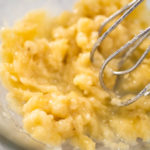







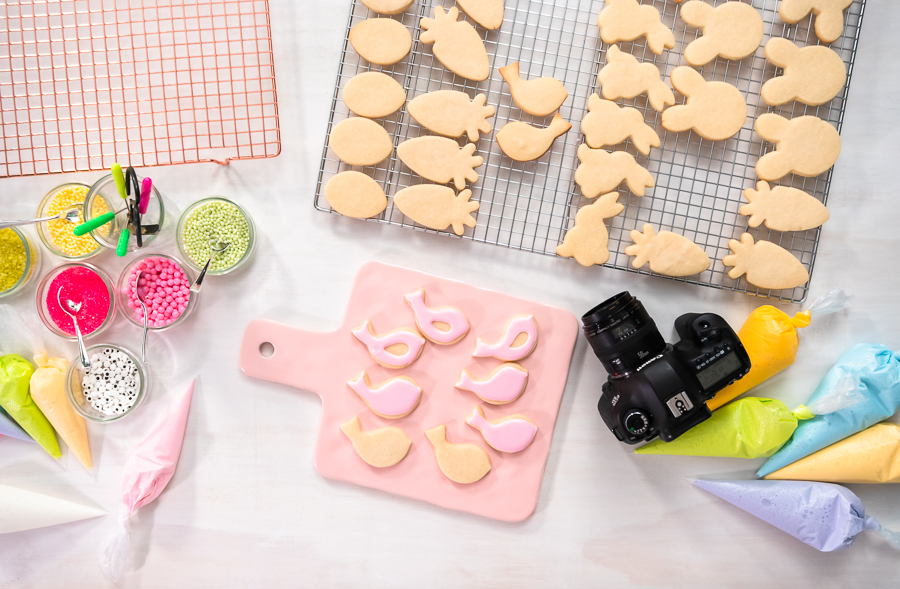

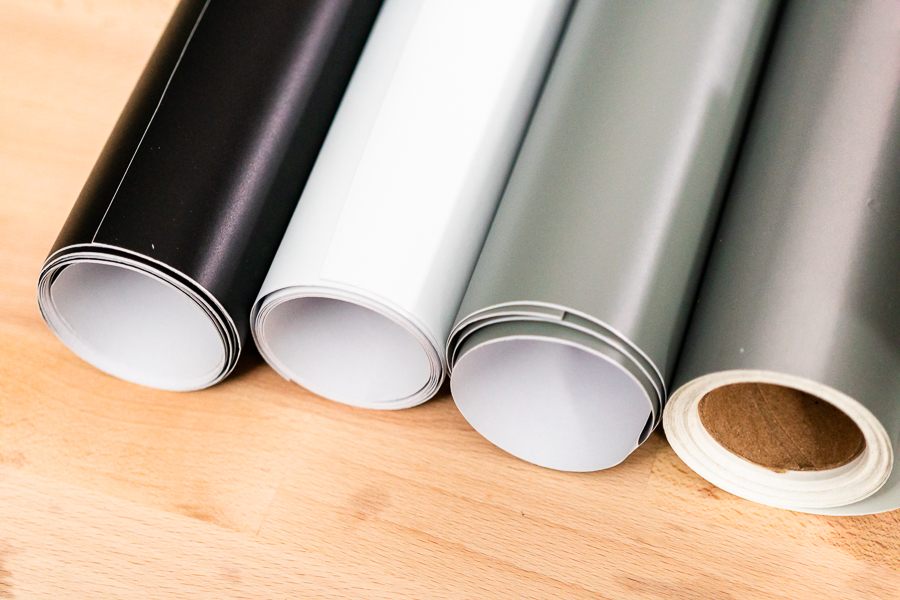
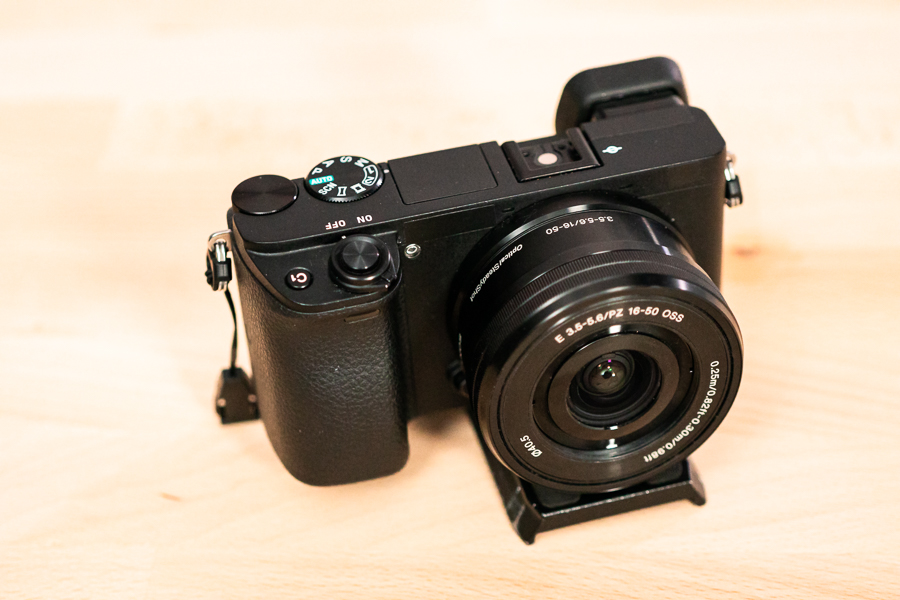





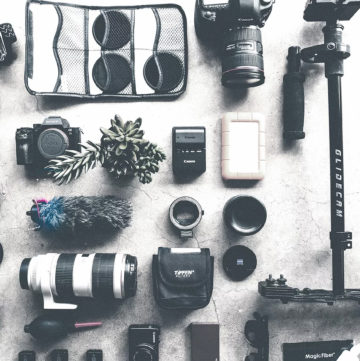
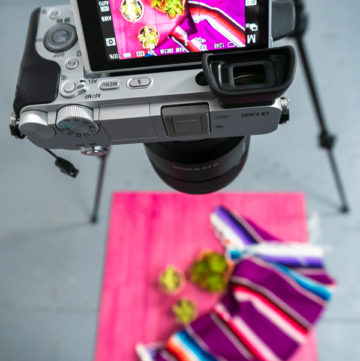


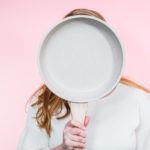
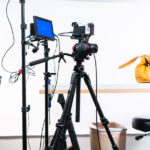

Leave a Reply